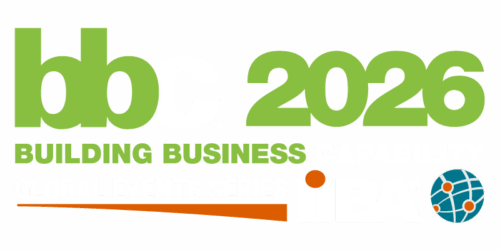Regardless of what methodology you use, requirements are often a means to an end – deliver technology that gives stakeholders what they need… all through the limited focus of the end-user. What they lack is a holistic view of the business that enables IT to address the needs of the “customer,” not just the technology user.
Using a defined framework, this session will illustrate how aligning requirements management to an organization’s Business Architecture allows Business Analysts to drive and trace requirements directly from a customer perspective that is aligned to business strategies, value streams, business capabilities, and roadmaps.
The outcome is of this alignment are requirements that reflect not only the needs to solve a specific problem, but also the needs of customers, stakeholders, and the organization’s strategic goals. This customer-oriented, value-centric approach to requirements positions the B.A. to drive change and transform the way IT solutions are delivered.
Learning Objectives:
- Leveraging Business Architecture in Business Requirements Management
- Aligning Requirements to Business Strategy
- Benefits of Business Architecture for the BA
Many organizations have experienced some type of disruption. These disruptions can range from hurricanes to sick staff to human error. Is your organization prepared to sustain its essential business functions if all or part of it is impacted by a disruption? By building an organization’s business continuity capacity the risk of disruption is reduced, and the impact of a disruption and time to stabilize operations following the disruption is decreased.
The American Immunization Registry Association (AIRA) in partnership with Centers for Disease Control and Prevention (CDC) have developed a guide, Business Continuity Planning for Immunization Information Systems, to help the immunization programs around the country prepare their organizations for continuation of business operations in the event of a disruption.
Presentation components:
- The methodology used
- How to identify and prioritize the business functions
- Risk mitigation vs continuity options, why you need both
- Lessons learned
Learning Objectives:
- How to identify and prioritize your business functions
- What is included in a business continuity plan
- What was the methodology used to support development of the business continuity plan
- What lessons were learned along the way
First person walk through of a Stakeholder experience led agile approach that has been used to track Strategy to Execution and successfully realize the value of Business strategies. Listen to the success story of expanding business architecture practice in a large global health service company to prove the value of Customer centricity. Learn how to gain buy in from functional leaders to support and champion strategy to execution planning using a multi-year capability roadmap and a stakeholder experience led portfolio prioritization.
Learning Objectives:
- Learn tips on how to successfully stand up a Capability Management practice and execute on Business priorities aligning to Enterprise strategies
- Gain insight from challenges, successes, and lessons learned
- Understand techniques to gain stakeholder buy-in
